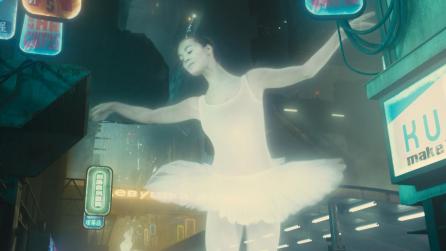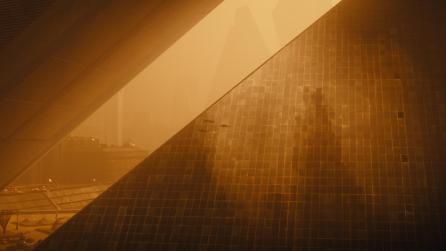Film and TV
How we achieved the iconic look of Blade Runner 2049
How Framestore helped craft the eerie, atmospheric aesthetic for the long-awaited sequel
One of the most highly anticipated releases of 2017, neo-noir science fiction thriller Blade Runner 2049 garnered multiple plaudits for its eerie, atmospheric aesthetic.
BAFTA and Oscar-winning VFX studio Framestore were key players in bringing the film’s environments and assets to life.
We caught up with Lead Texture Artist Adam Goldstein and Head of Texturing Michael Borhi from Framestore Montreal, to find out how the team pulled it off.
The trend for complexity
Creating the vast, complex cityscapes of Blade Runner 2049 was a huge undertaking. For Borhi, the task ahead came as little surprise.
Ask him how the work passing through Framestore has changed over recent years, and he’s emphatic, saying: “Projects are increasingly becoming more ambitious in scope, and challenging in their nature.
"No two shows are quite the same, requiring us to constantly reassess how we approach them. Hero assets tend to go through more of a ongoing concepting phase, both in 2D and 3D, throughout the course of a production, as they’re being built."
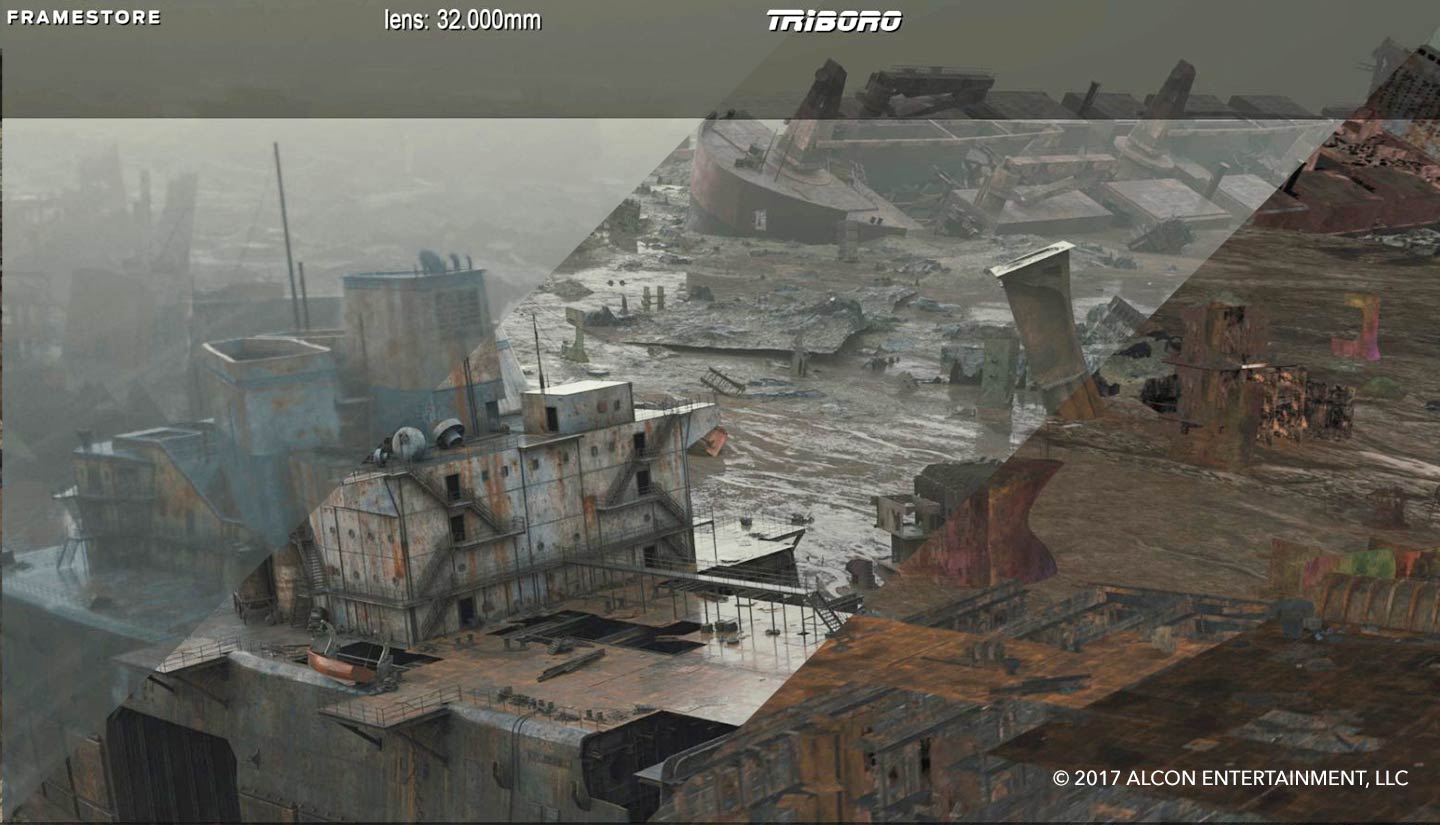
Asset development now requires a degree of pragmatism, with the team having to react quickly to shifting requirements. “The evolution of some asset work is less linear, with the potential for several shifts and changes in direction along the way,” he says.
“Shot context and cameras change constantly. What was once a minor asset in the background is suddenly close up, in full view.
"The unpredictable nature of production work, due to a mix of numerous factors (scheduling, artistic direction) requires us to work more intelligently, relying heavily on non-destructive workflows that enable us to output iterations of our work that keep pace with production demands and deadlines”.
On Blade Runner, these unpredictable factors coalesced to present the team with a unique set of challenges.
Building Las Vegas
The futuristic Las Vegas of Blade Runner is iconic, with an instantly recognisable aesthetic.
As Goldstein recounts, nailing this was one of the biggest tests for the team. He explains: “Denis Villeneuve wanted a very specific, desolate look. A lot of the usual bag of tricks we use as CG artists was thrown out. For example — moving sand, blowing from hero pieces such as the statue or the car. Pieces of cloth swaying in the wind. Moving reflections (of the drone's lights on the windows) which really looked nice.
"All that had to be thrown away because they brought life to the shot. We tried many options for damage on the buildings but Denis wanted to make sure the audience realises this was not a war, no explosive bombs fell on this place.
"So all the buildings were in tip top condition. We tried streets full of abandoned cars but this also was thrown away because it made the city too busy. A clean, desolate, undamaged, gigantic city with no moving anything in it — quite a challenge to sell as realistic!”
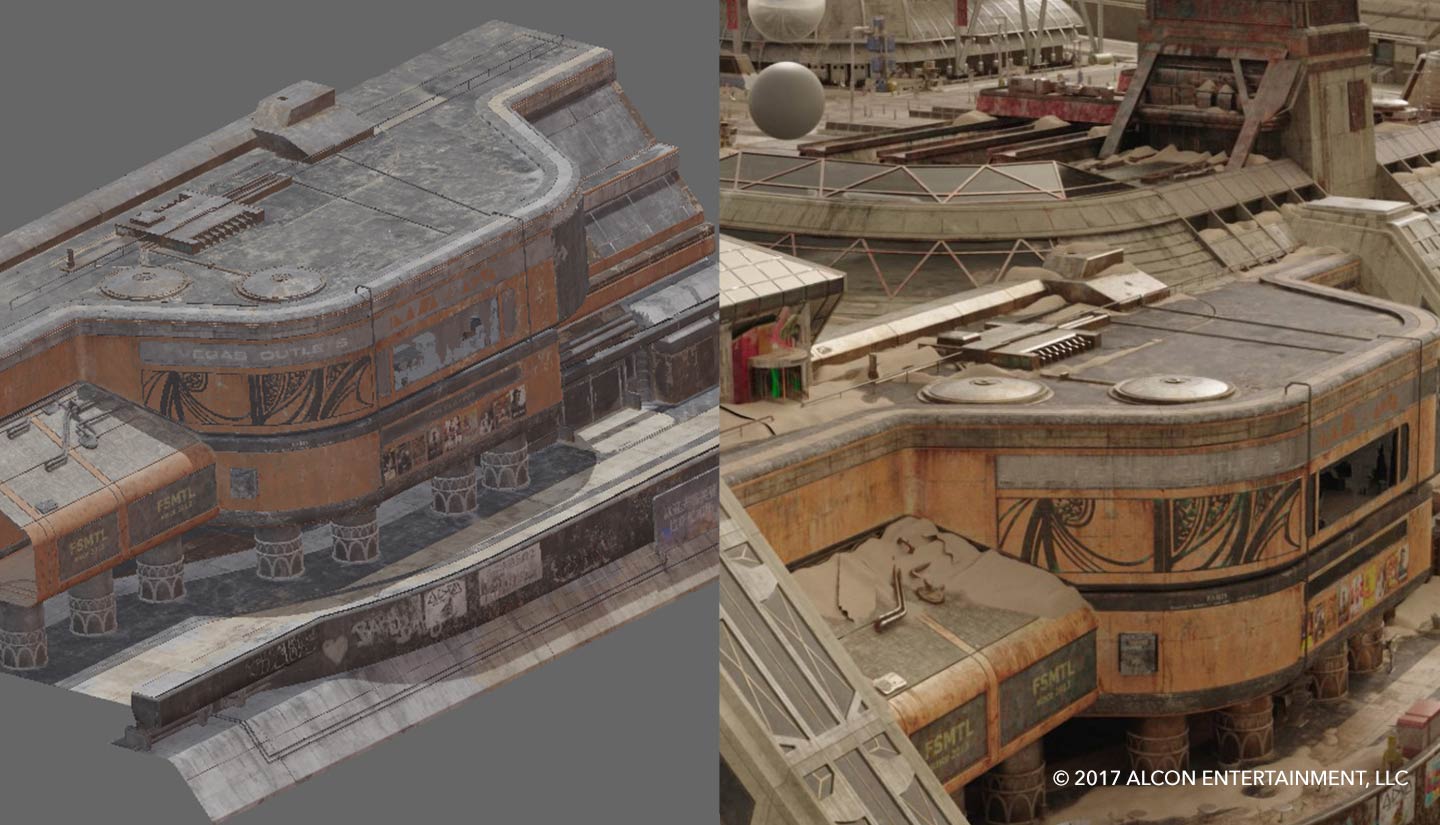
Borhi adds to this, commenting that the sheer size of the Vegas they were trying to convey was a challenge. He says: “We needed to show that it was absolutely enormous, and much, much bigger than the modern day version. It had to look empty and desolate, yet still contain the complexity and details found in a city of that size. There also needed to be a sense of history there, with a new city having been built on top of an older one over time, a mix of the old and new.
"It wasn't enough to have large scale models or high frequency texture details to sell the size. As the layout of the city evolved, buildings were added to it, texture details and maps were rendered, it was evident that smaller structures, fittings and detailing on the buildings as well as in and around them were needed to give the city that large scale look. The distribution of these details, both in modeling and texture, were often just as important as the details themselves.”
Eye of the drone
This was just the start. Meeting the high expectations of the director’s exacting vision tested the team throughout, not least in the long sequence that introduces Vegas through the eye of the drone, which was initially meant to be one long shot without any cuts. “This turned out to be the longest shot in term of render time ever attempted at Framestore Montreal, with a bit over a million core hours for all passes combined”, says Goldstein.
“So naturally everyone is pretty stressed with deliveries and even tests for such a demanding shot. Publishing some wrong textures for overnight renders could have been very expensive.”
Borhi agrees, saying: “This in itself was a large undertaking, piping all of that data for an entire city into one render containing everything, and charting the progress of the work, both in an artistic as well as technical sense.”
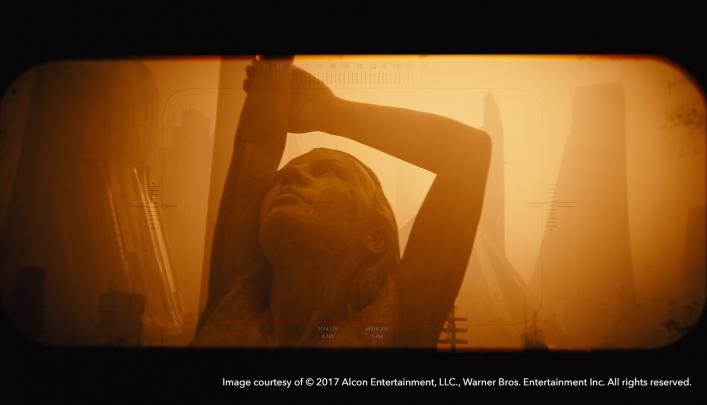
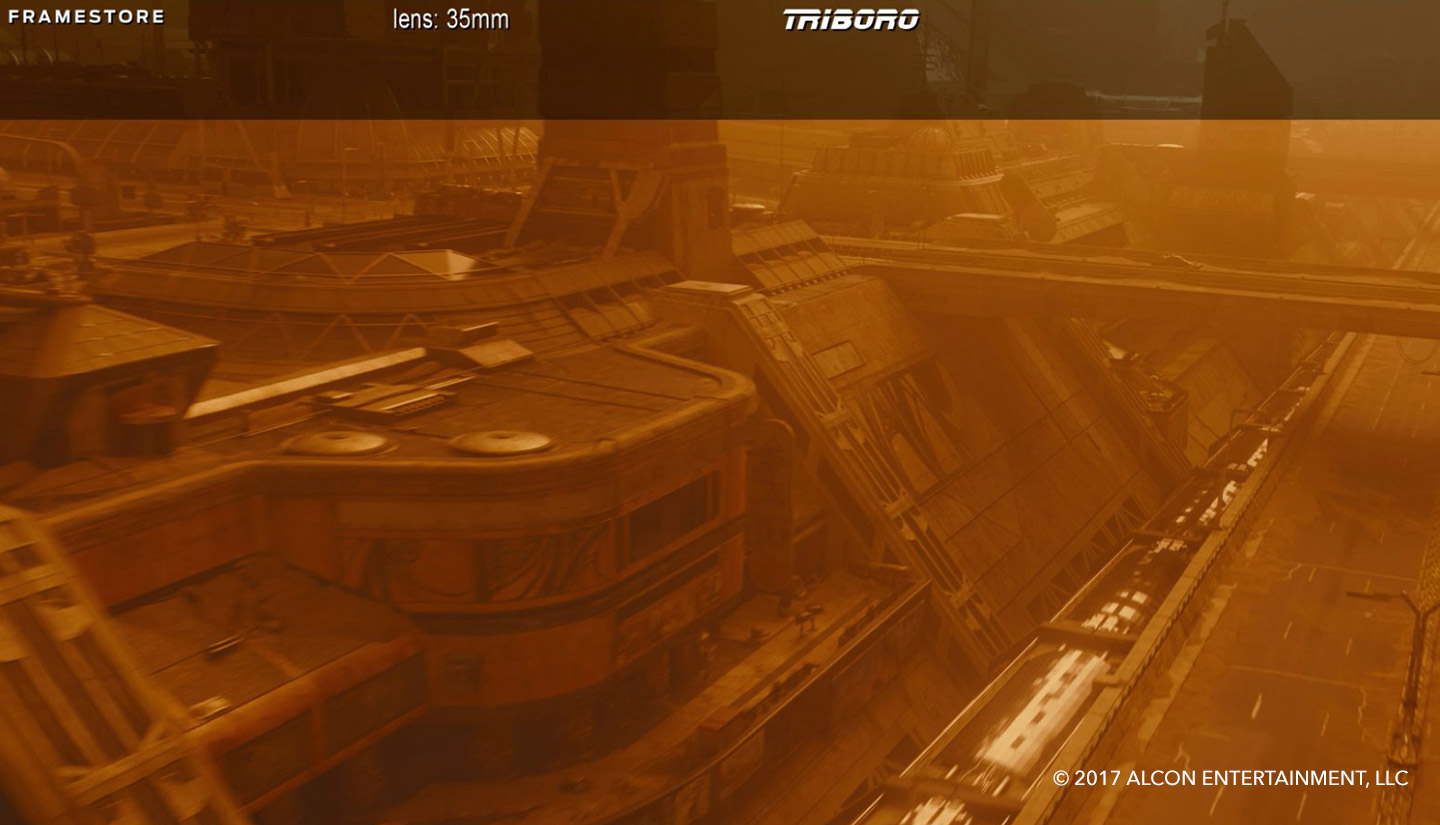
Sandstorm blues
And the technical challenges didn’t stop there. A mix of a sandstorm the team referenced from Sydney with a plate from the client that had no blue channel proved particularly tough to get right. “The atmosphere and view distance was a constantly changing target. And because there were SO many buildings, it was vital we nail the look with as little of the assets textured as possible. How contrasty do we make the spec response? How much do we push colors?
"My initial attempt, in which the view distance matched the actual sand storm and the buildings looked good and maintained a balance of details, ended up being too crunchy and a bit cartoony looking when the client asked us to make the view distance greater.
"All the contrast that made the details show through the haze looked too much when the haze was reduced. Also, the size of what we were showing in the shot was many times bigger than our Sydney references, so both in LookDev and in texturing this was a challenging, moving target as we refined the view distance and atmosphere density.”
Want to know more? Find out how Mari helped bring Blade Runner 2049's unique look to life.
